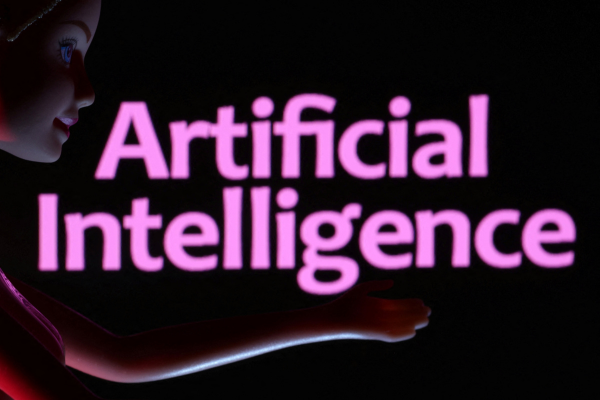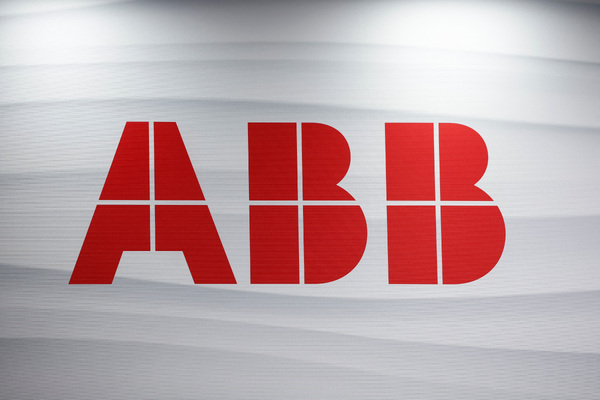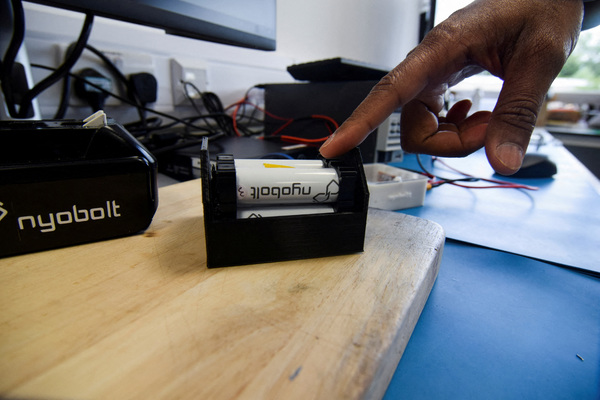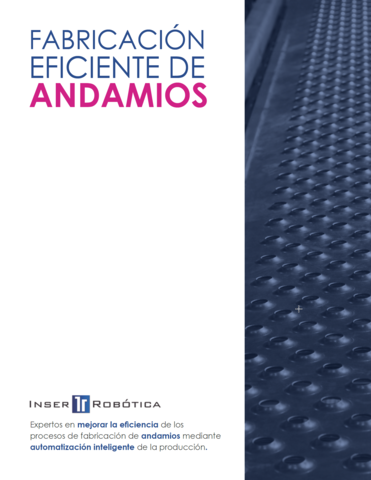ESG strategies can reduce risk – with an assist from the latest in AI and IoT
Sponsored by AiSight
In the 2020s, all business has been risky business.
We’ve all been exposed to unprecedented risk. Pick your flavour: broken supply chains, high commodity prices, labour shortages, war, famine, pestilence and climate change.
It’s been destructive. It’s also been something of a natural experiment – a proving ground for not only what currently works and what doesn’t, but new methods and ideas of what may work in the future.
This has created opportunities for some firms to steer themselves into deep-blue oceans by providing the tools both firms and employees have needed to weather the storm. At the same time, we’ve seen the vindication of environmental, social and governance (ESG) strategies. Firms with established, serious ESG strategies have looked prescient and resilient in the face of risk.
ESG strategy is a matter of minding our externalities – sweeping up where we’ve made a mess; creating value beyond that which we trade in directly. This informs a big-picture awareness that lends itself well to other strategic thinking – it gives a perspective on firms’ resources, positioning firms to differentiate and provide value. It also gives perspective on weaknesses.
It’s possible to expunge these weaknesses to reduce costs, but ESG thinking goes further, to revealing those weaknesses that isolate firms from customers and employees. In short, setting and meeting ESG goals implicitly involves identifying and managing risk.
Just one of many cases in point is the great resignation. In the past year, employers in the United States posted millions more job openings than they were able to fill. And workers continued to quit, citing uncaring leaders, unsustainable expectations of performance and lack of career advancement – all problems of governance. Losing talent robs a firm of one of its key resources. And given the scale of the great resignation, talent isn’t easy to replace.
This kind of breakdown is evidence of shortcomings in firms’ governance and social performance. Firms could address the former by providing opportunities for growth and managing workloads, and the latter by providing a living wage. But these come with tradeoffs. Firms are, therefore, faced with a strategic problem: to paraphrase the former chairman and CEO of General Electric Jack Welch, finding the general direction in which they ought to implement like hell.
Innovation offers a direction out of this and other seemingly intractable problems: 44 per cent of advanced industry leaders believe AI is necessary for new businesses; 35 per cent believe the same of the internet of things (IoT). And they’re right. These tools can help lower costs, improve value delivery and meet ESG goals.
Consider how the pandemic exposed flaws in just-in-time (JiT) processes. Any breakdown in any part of a deeply integrated process leads to massive downtime costs. The pandemic broke a lot. But this doesn’t disprove the validity of JiT itself; it shows us weaknesses in processes as they were. When it works – and it nearly always does – JiT delivers value, reduces costs and even has an environmental upside in reducing waste.
With better information, we can make sure that JiT – or any other process – works. In the aftermath of a catastrophe, we can take measures against the problems that just wrecked our processes. But we should do one better – we should also anticipate and pre-empt problems. Using AI and IoT devices, we can do exactly that. That means that not only can we keep processes working, we can improve them outright.
This extends to any data-driven process in manufacturing, logistics, sales, or anywhere else on the value chain. AI can collect and feed customer-derived value to connected devices (and vice versa), thus synchronising supply to customers’ demands for perfect market coordination. This kind of efficiency opens the door to value through lower costs. It also provides the rapid feedback we need to differentiate with confidence and take on ESG goals.
The latest raft of AI-powered tools is already helping firms realise ESG goals. Most obviously, the pandemic normalised remote work – something that wouldn’t be as viable without the crush of new tools that came to market in response to social distancing. Remote and hybrid work are now attractive options for young talent. Offering them is good governance.
Examples of AI and IoT helping firms meet ESG goals are manifold. Connected environmental sensors are currently modeling emissions in real time, thus providing companies with the information they need to manage or offset those emissions. Connected machine diagnostics systems such as AiSight’s predictive maintenance solution are proving to be comprehensive ESG boosters, providing information critical to reducing material waste, cutting downtime, improving inventory management and managing workloads.
Meeting ESG goals is not just a question of achieving ratings or affecting valuation, it’s a real way to limit risk and build resilience. And the tools exist to do so. AI and IoT tools can help us collect and process the information we need to stay ahead of risk and to grow into the future – whatever that brings.
AiSight’s AI-powered predictive maintenance solution provides the insights you need to meet your ESG goals and eliminate unplanned downtime. Learn how AiSight can help you meet your ESG goals.

Business Reporter Team
Most Viewed
Winston House, 3rd Floor, Units 306-309, 2-4 Dollis Park, London, N3 1HF
23-29 Hendon Lane, London, N3 1RT
020 8349 4363
© 2025, Lyonsdown Limited. Business Reporter® is a registered trademark of Lyonsdown Ltd. VAT registration number: 830519543





